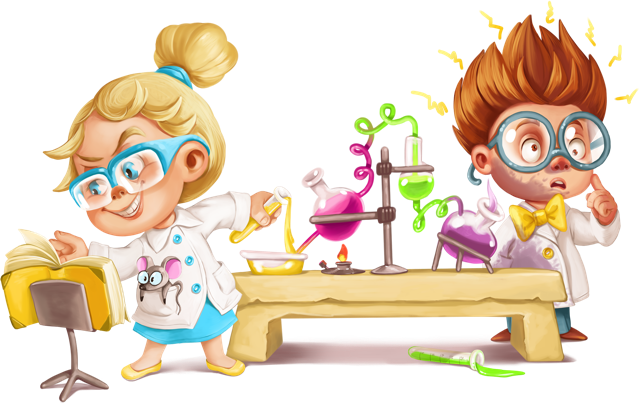Congratulations – you’ve finally met your beautiful new arrival!
Your baby will always be beautiful to you, but lots of mums are surprised by how their baby looks right after the birth, especially if they were expecting the clean, plump, pink newborn babies you see in TV shows.
The reality is somewhat different. They may look a bit squashed and wrinkly (as would we all if we’d been trapped in a confined watery space for nine months). They may be covered in a whitish yellow, waxy substance called vernix, especially if they were a bit premature, and they may also have a fine covering of hair called lanugo, which will disappear in a few weeks.
Their skull might be a strange shape – squashed or elongated – because of its journey through the birth canal. Don’t worry – this will sort itself out in a few days. As will other odd things you may notice such as white spots on their face, swollen genitals and breasts and blue-ish skin. A new born baby will also look scrunched up; their legs will remain in the same position as they were in the womb for a while. They’ll straighten out gradually over the next few weeks.
Within an hour of the birth you should be offered skin-to-skin contact with your baby, which helps bonding. Don’t be upset if you don’t feel a sudden rush of love, though: sometimes bonding can take weeks or months.
You’ll also be encouraged to breastfeed in the first hour, and to offer your breast whenever your baby seems hungry. It’s difficult to know when they’re hungry at first but you’ll soon understand a bit better what their different cries mean. As a rough guide you’ll be feeding eight times in 24 hours in the early weeks.
Make cute photos with your little one, upload to the App. Write about your feelings and impressions.
Enter a valid email to sign in or sign up
Open the letter and click the link.
The link is valid for 15 minutes
If you enjoyed this activity, you may also like the following activity, too
-
Quinoa chicken-and-fresh-veggies
for boys under 10 months
